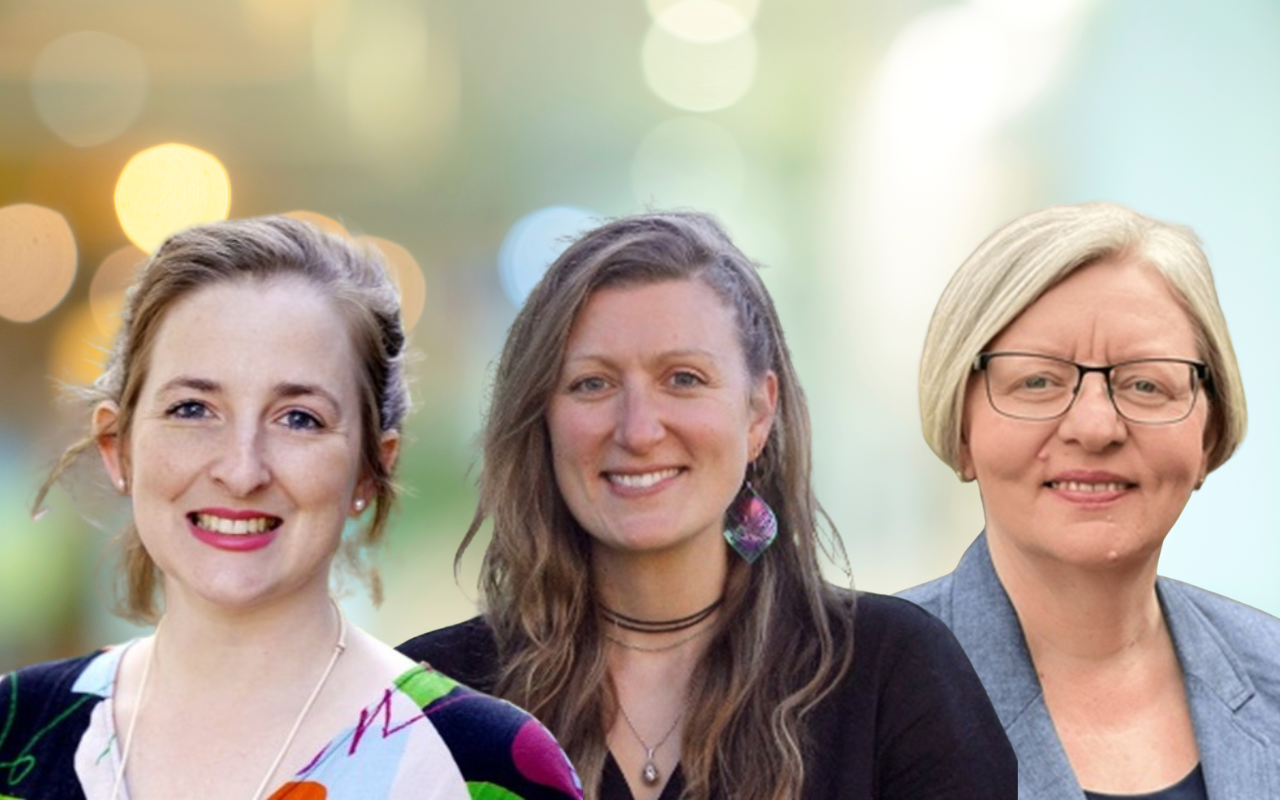New national guidelines for gestational diabetes (GDM) screening and diagnosis move toward international consistency, but gaps remain in psychosocial support, risk communication, and stigma reduction.
New national consensus recommendations from the Australasian Diabetes in Pregnancy Society (ADIPS) provide clearer, more globally consistent, recommendations for gestational diabetes (GDM) screening and diagnosis. A recent InSight+ report provides a summary of the updated recommendations. Here, we highlight how the guidance aligns with women’s unmet needs, drawing on recent Australian qualitative studies exploring lived experiences of GDM and GDM-related stigma.
The emotional toll of GDM
“The health benefits of tracking the GDM were far outweighed by the negative consequences to my mental health” — Woman with lived experience of GDM
Affecting around one in six pregnancies in Australia, GDM can cause significant emotional distress, impacting pregnancy experience and self-care. Recent Australian qualitative studies reveal that, for some women, their diagnosis “stripped away any kind of enjoyment” of pregnancy. They discussed the worst consequence of GDM being the emotional toll, with “very little acknowledgement…of the huge mental and emotional burden”, nor any support for managing this.
The new guidance recognises that GDM can have a significant emotional impact and is associated with stigma. Yet, there remains an absence of recommendations regarding structured psychosocial screening or support offerings, nor related healthcare professional training.

Screening and diagnosis: moving toward consistency
“At my hospital, I’ve got GDM, but if I was at your hospital, I wouldn’t… reinforcing that one day, it’s my fault and then the next day, I wouldn’t even have it” — Woman with lived experience of GDM
Australian women with GDM experience confusion and frustration with the lack of past consistency in diagnostic thresholds. Their experience of variability across clinics lead some women to question whether GDM would have even been diagnosed if screening had taken place in a different hospital, state, or country.
The new recommendations move towards higher thresholds and greater international consistency. This is an important shift: fewer women and their pregnancies will be unnecessarily labelled, and the emotional toll and stigma associated with a diagnosis may be reduced.
Yet, we recognise that these changes may feel confronting for some women who were diagnosed under the previous thresholds. Sensitive communication is important, so that women feel supported and understood, rather than confused or invalidated.
Beyond thresholds: personalised care
“You’re a ‘high-risk’ patient…not a person, and that you need to be managed, not cared for” — Woman with lived experience of GDM
GDM can affect women with or without known risk factors, though it is more common among women who are older, have a higher body weight, a family history of diabetes, or from certain ethnic backgrounds. The new guidance supports risk-informed, personalised screening, aligning with women’s preferences for tailored, person-centred care. Further, the recommendations call for a “holistic, individualised approach to risk stratification when considering inclusion or exclusion of women from the range of maternity models of care.”
Yet, being labelled as ‘high-risk’, and the associated differential clinical treatment, can leave women feeling dehumanised and lacking autonomy in their bodies and care. Guidance on clinical risk communication and decision-making can ensure women are seen and respected as individuals, not statistics.
The role of diabetes stigma
“The stigma that you receive from the medical profession as soon as you’re diagnosed… It’s like you’ve lost credibility” — Woman with lived experience of GDM
Women with GDM report feeling judged, blamed and/or shamed by their diagnosis. This stigma can be driven, in part, by how risk, responsibility, and behaviour are framed in healthcare. While the new guidance recognises the occurrence and harms of stigma, actionable recommendations to address it are lacking.
“I don’t think that shame completely goes away” — Woman with lived experience of GDM
Women with GDM report how stigma has a negative impact on their engagement with clinical care, glucose management, and even post-GDM behaviours, such as family planning and willingness to attend type 2 diabetes screening.
“[I] didn’t do my follow-up glucose test after my pregnancy… I don’t want you to tell me if I pass or fail this test” — Woman with lived experience of GDM
Toward stigma-free care
A recent international consensus statement reported that as many as four in five adults with diabetes experience stigma, with negative multi-level impacts on physical, emotional and social wellbeing. Further, diabetes stigma in healthcare settings is associated with disengagement from clinical care.
Health professionals committed to practicing stigma-free diabetes care can endorse the Pledge to End Diabetes Stigma, already taken by nearly 4,000 individuals and organisations in 116 countries.
But how do we move from words to action? Our research (here and here) with women with lived experience of GDM highlights what helps: person-centred and empathic healthcare. Amelia’s Story is a free digital story and reflection tool available via the Virtual Empathy Museum, informed by lived experience stories, and designed to promote greater understanding of women’s lived experiences of GDM and the role of empathic healthcare.
Conclusion
Aligned with lived experience voices, the new guideline provides clarity on diagnostic thresholds, supports risk-informed screening, and acknowledges the psychosocial impacts of GDM. Yet gaps remain in psychosocial support, sensitive risk communication, and stigma reduction, which will be essential to truly meet community needs. Getting this right will support women not only during pregnancy, but also for their future health, potentially including engagement post-GDM with screening, risk reduction, and, for some, management of type 2 diabetes.
Elizabeth Holmes-Truscott is Deputy Director of the Australian Centre for Behavioural Research in Diabetes (ACBRD, a partnership between Diabetes Victoria and Deakin University), co-lead of the international consensus on diabetes stigma and discrimination, and has lived experience of gestational diabetes.
Dr Eloise Litterbach is a Research Fellow with the ACBRD
Professor Jane Speight is Foundation Director of the ACBRD and co-lead of the international consensus on diabetes stigma and discrimination.
The statements or opinions expressed in this article reflect the views of the authors and do not necessarily represent the official policy of the AMA, the MJA or InSight+ unless so stated.
Subscribe to the free InSight+ weekly newsletter here. It is available to all readers, not just registered medical practitioners.
If you would like to submit an article for consideration, send a Word version to mjainsight-editor@ampco.com.au.

 more_vert
more_vert